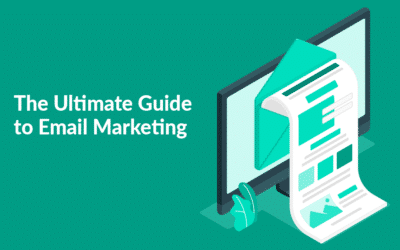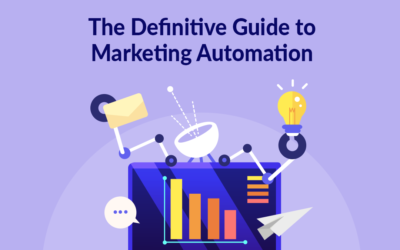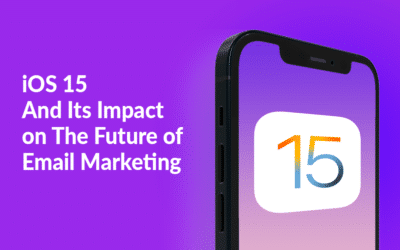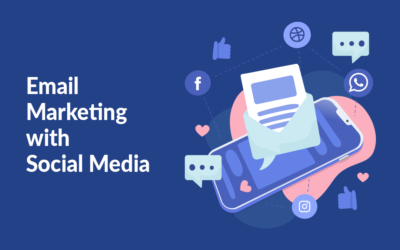Couple that with the fact that brands are battling even harder to get their voice heard and build loyal, long-lasting relationships with their customers. This battle for attention has left consumers feeling overwhelmed by the many marketing messages pushed out daily, and have made them less interested in engaging with marketing communication. Consequently, it has become even more difficult for brands to reach consumers and collect valuable data.
Data capturing has always been a primary aim for marketers, as customer data should be the heart of all marketing activities. By collecting data directly from customers, it helps brands get a clearer picture of who their customers are, their wants and needs, and valuable knowledge on how to personalize experiences.
The new challenges of data capturing
Delivering a great and personalized experience to customers is dependent on knowing them. Therefore, one of the greatest challenges for marketers is to collect the right data from their customers. By making decisions based on data, brands move away from guesswork to informed insights, which can create compelling customer experiences and improved value propositions.
As customers are now in the driving seat, they’ve increased their demand for businesses to be more transparent about their data capturing. If managed right, this can be a great opportunity for marketers. Today’s consumers expect transparency, choice, and control over how their data is utilized. By acknowledging these expectations and demonstrating a clear value exchange by creating engaging experiences, they can build stronger relationships with customers.
Why marketing gamification is the key
To solve these challenges of collecting valuable first-party data, marketing gamification is key. In short, marketing gamification is the use of game mechanics in your marketing campaigns.
With powerful psychology behind, marketing gamification is a valuable tool for marketers when collecting first-party data. It is in our innate nature as humans to respond to game mechanics like compete, be challenged, be rewarded, have fun, and mirroring, or seeing how you compare to others. When we play games, branded or not, our brains produce endorphins, which create positive brand associations and make experiences more memorable.
By inviting customers to engage in fun experiences, marketers build up trust with their customers, who in return become more willing to share their data.
So what can games be used for?
At Leadfamly, games are categorized into three types – luck, knowledge, and skill. In luck games, players win by chance. These games – for example a Wheel of Fortune or Scratchcard – y can help brands boost a brand’s customer data and often have a high play rate.
Knowledge games let your audience show what they know. Through quizzes or personality tests, brands can collect valuable information that help them better understand their customers’ needs and wants. This enables marketers to personalize their offers, and create more compelling customer experiences.
Lastly, skill games typically require effort and focus from customers. These games, like a memory game or a puzzle, have the potential to create a long lasting experience for the audience, and extend the digital attention span. These games are useful for establishing a deeper engagement and connection with your audience.
The benefits revealed
As all marketers know, the core of marketing is value exchange. When utilized correctly, marketing gamification highlights the benefits of the exchange process for customers, and makes them feel that the benefits of playing games outweigh the costs of sharing their data.
And for marketers? The data collected is the prize in this exchange process.
For marketers seeking out new possibilities of overcoming the challenge of collecting valuable first-party data, marketing gamification opens a new world of endless possibilities. By using gamification, consumers will not feel that they are being marketed at, but rather feel in control of their decisions. Therefore, marketing gamification helps overcome the obstacles of data capturing, and eventually allows marketers the possibility to engage their customers on new levels moving forward. An important step in cutting through the noise and be remembered as a brand.
This is a guest post written by our friends from Leadfamly
Author: Julie Lundfold
Try MarketingPlatform for free for 14 days
The trial period is free, completely non-binding and expires after 14 days if you do not wish to continue.
When you sign up, you will also receive our educational flow via a series of emails along with our newsletter with regular updates.





